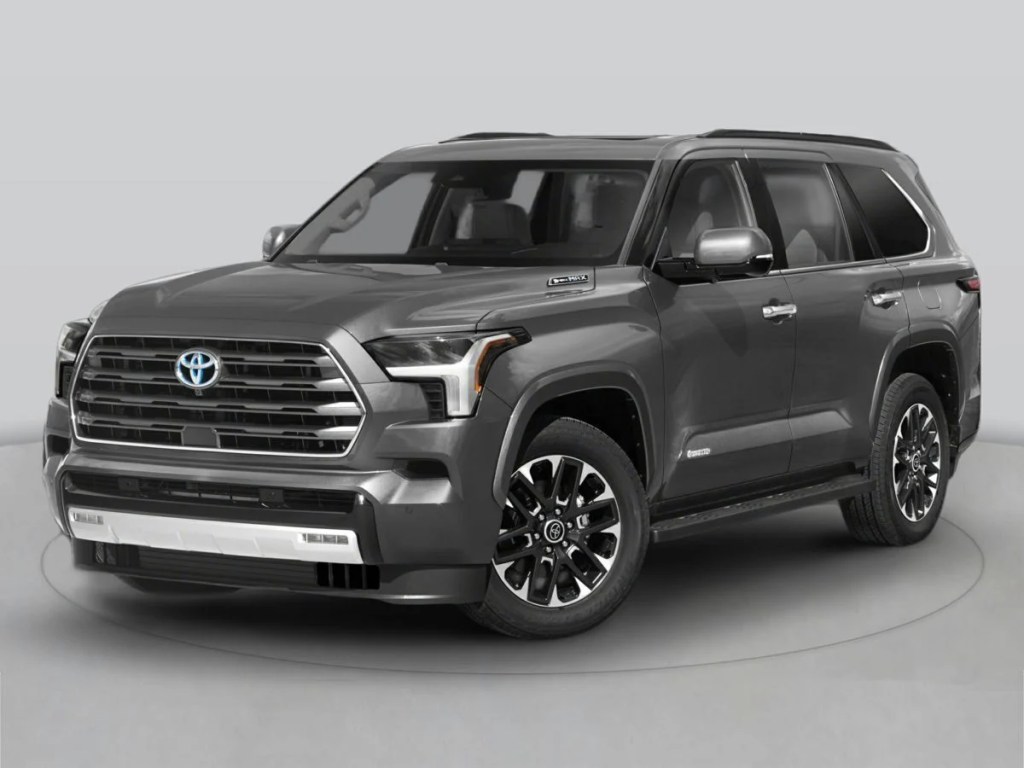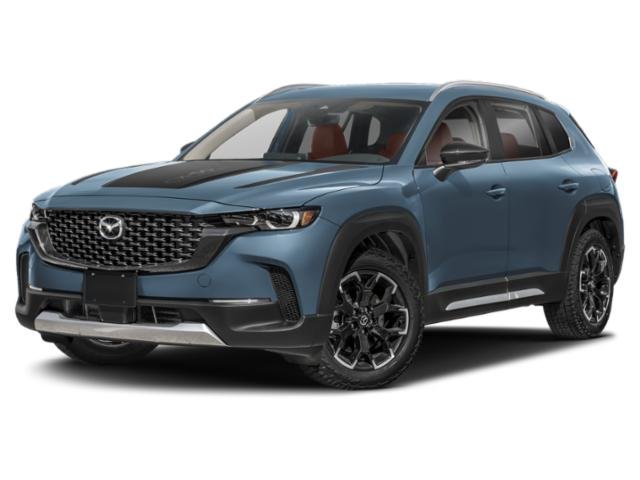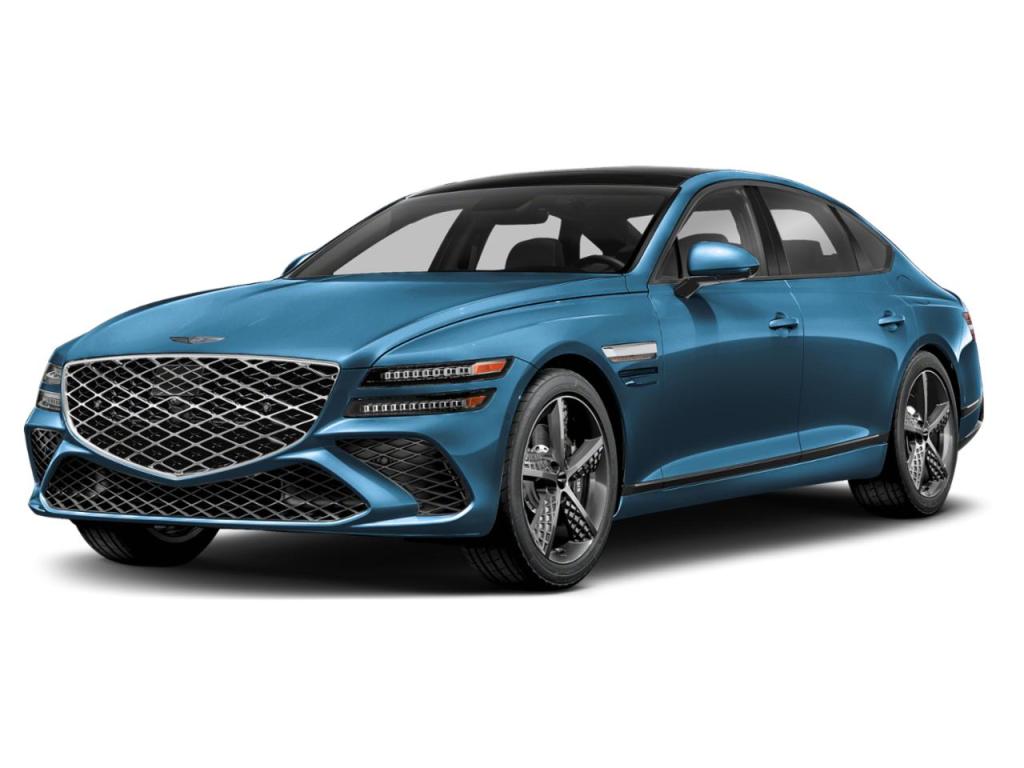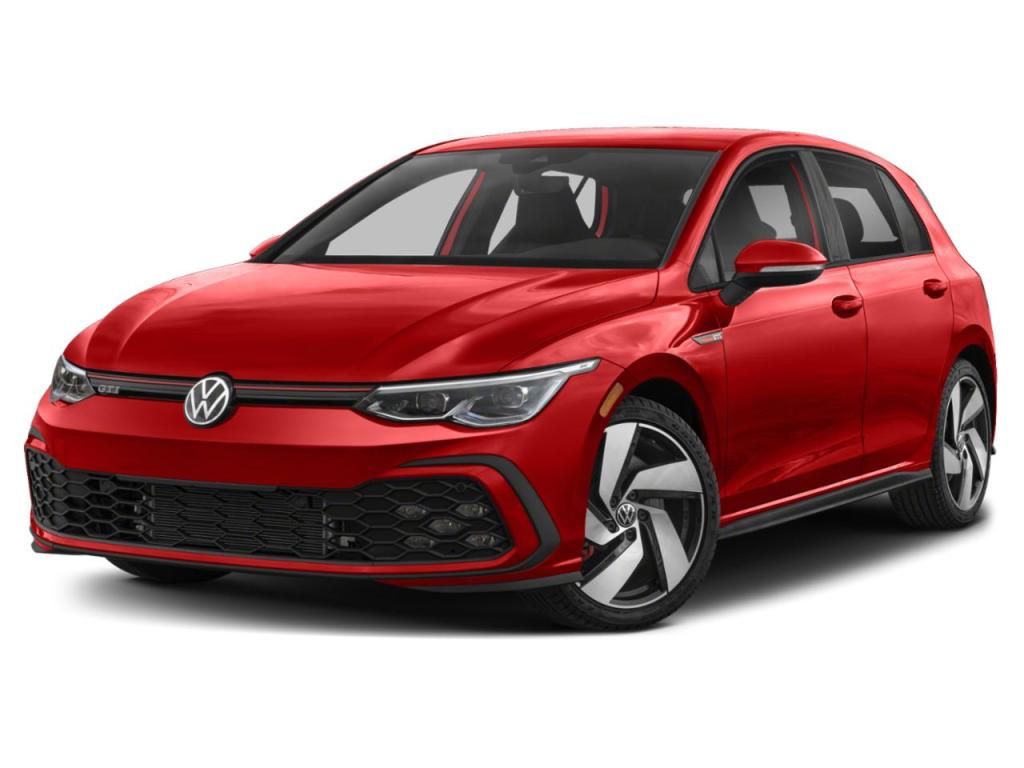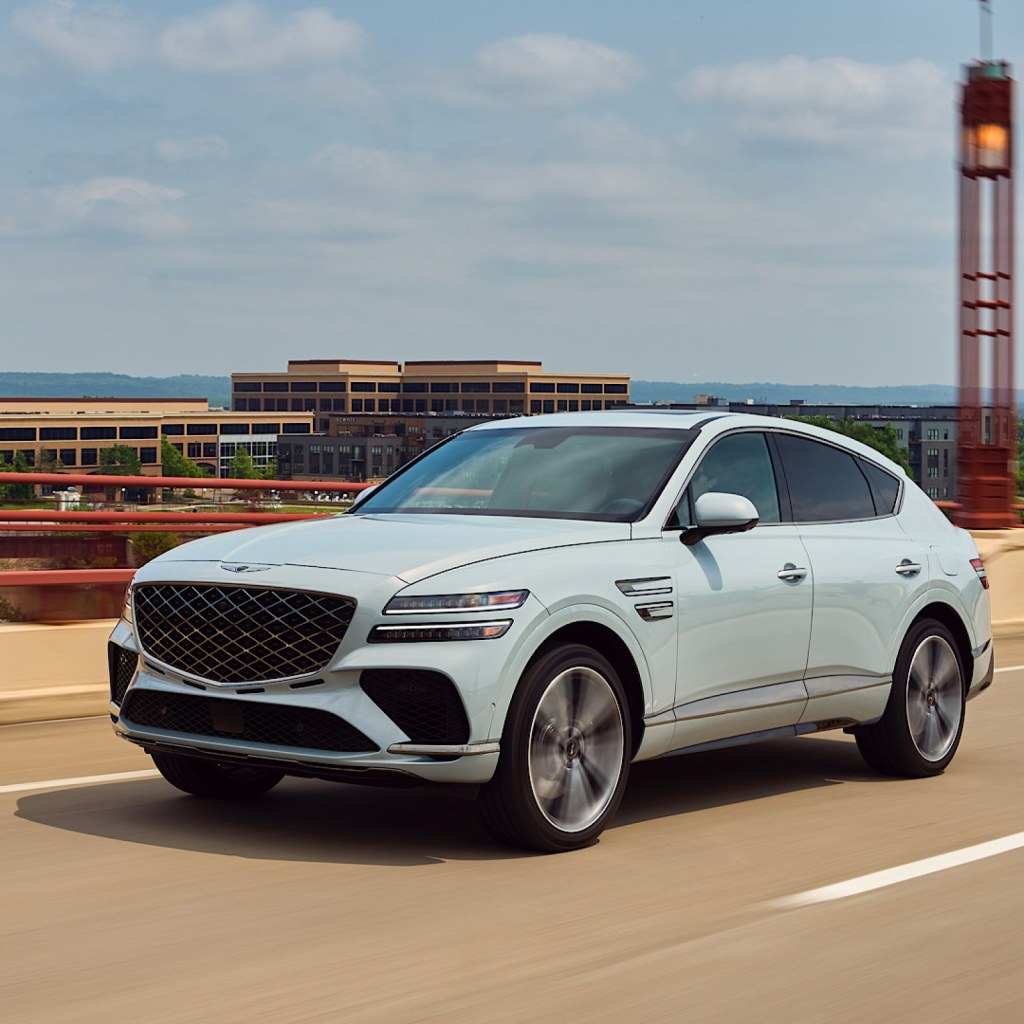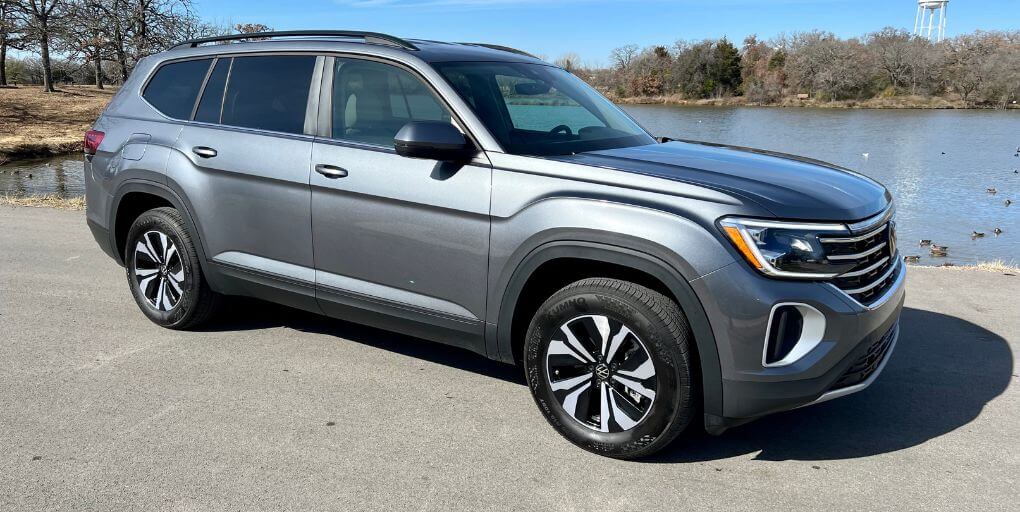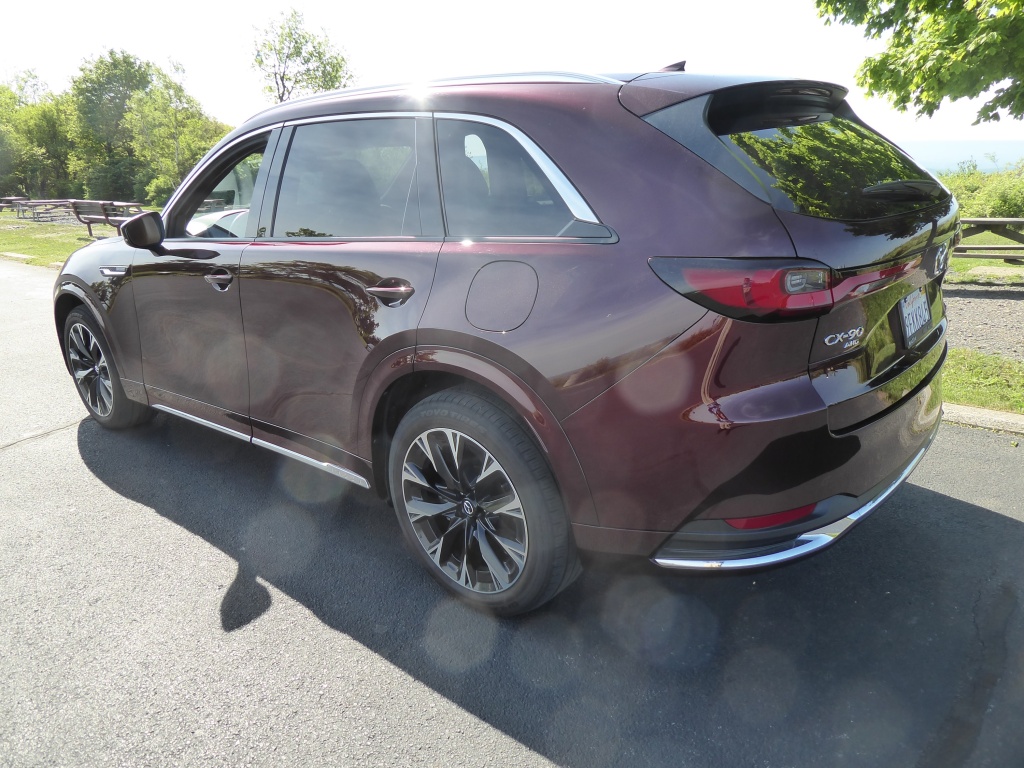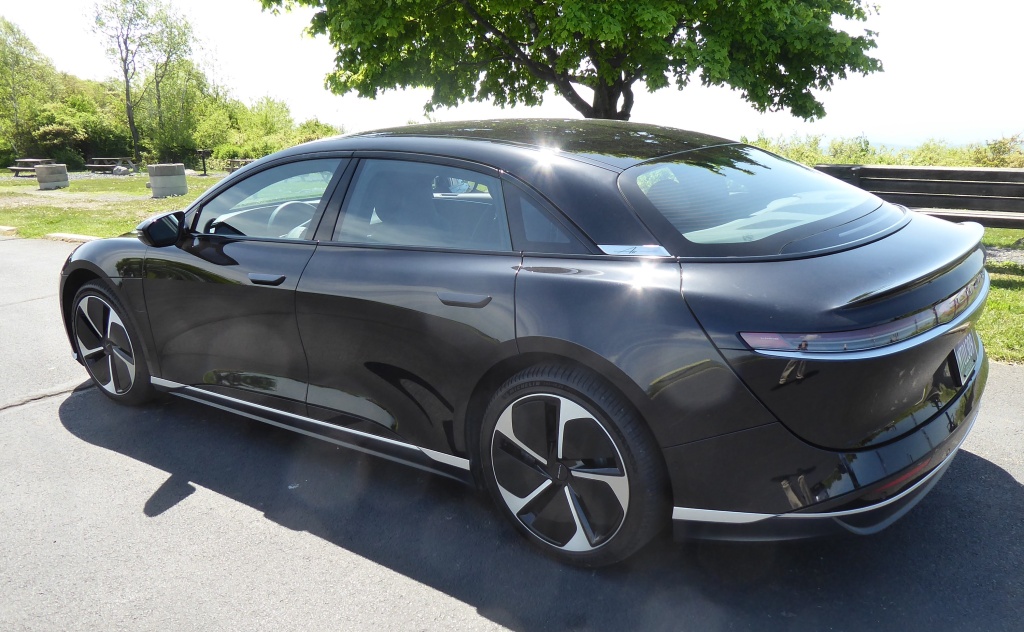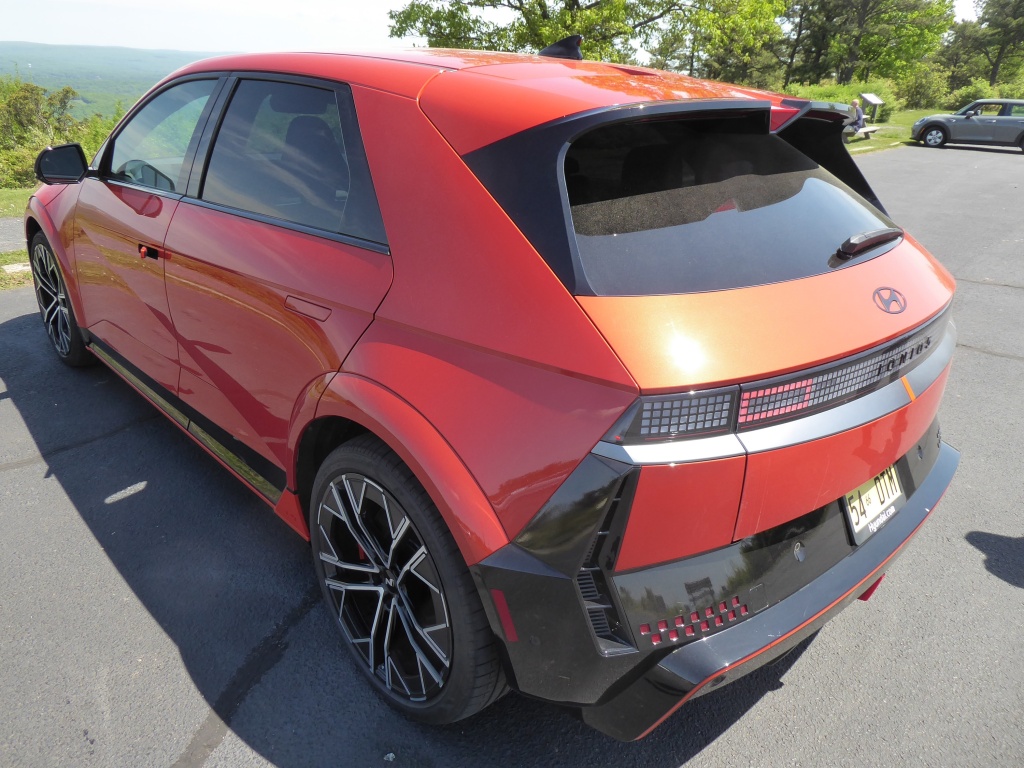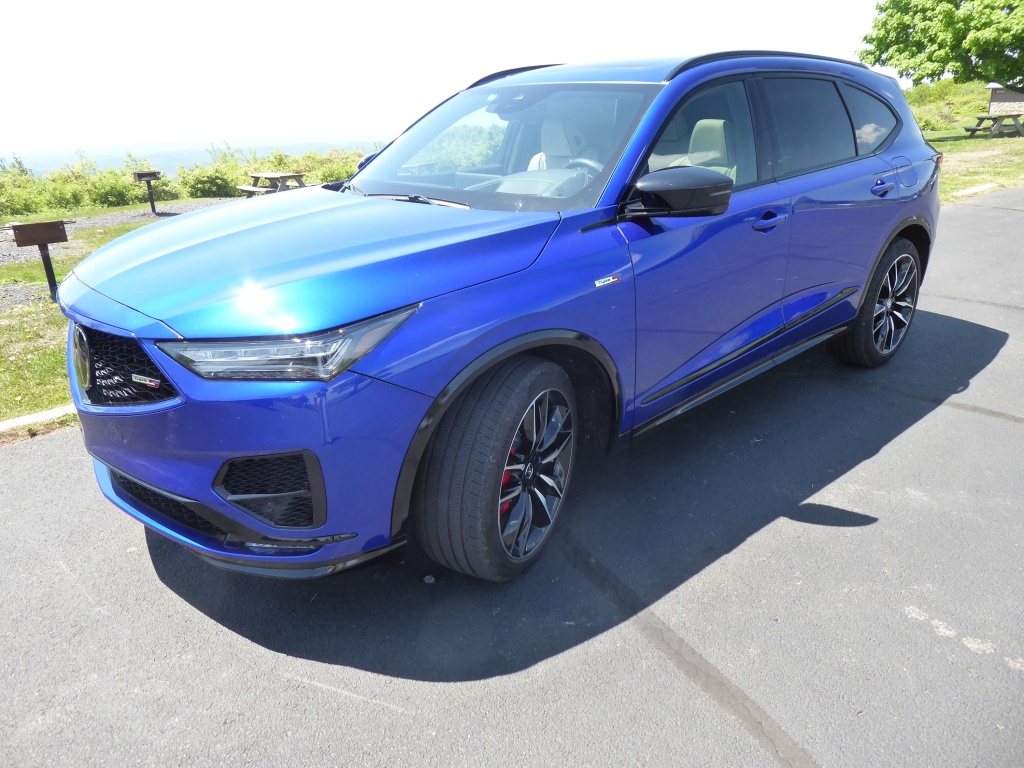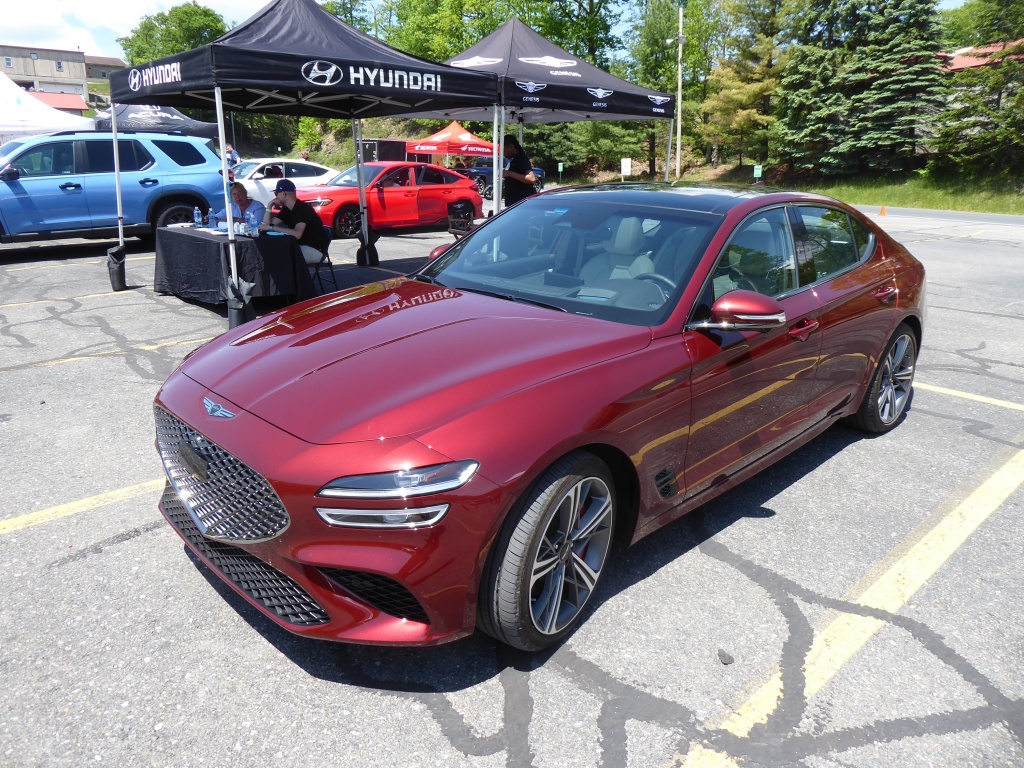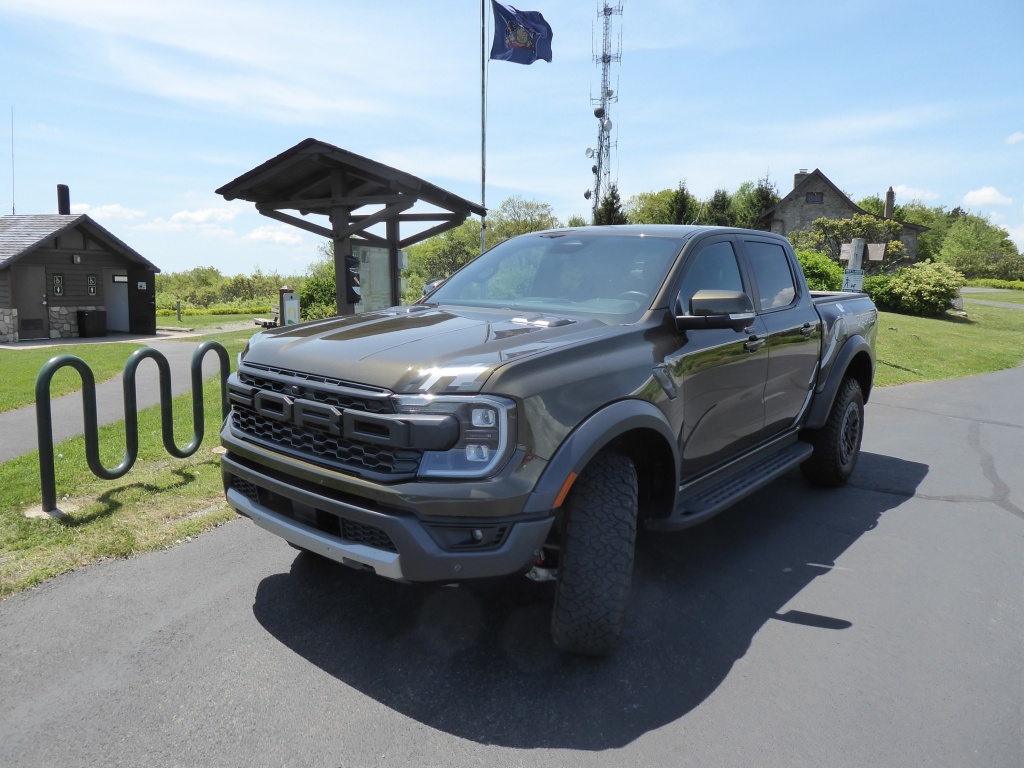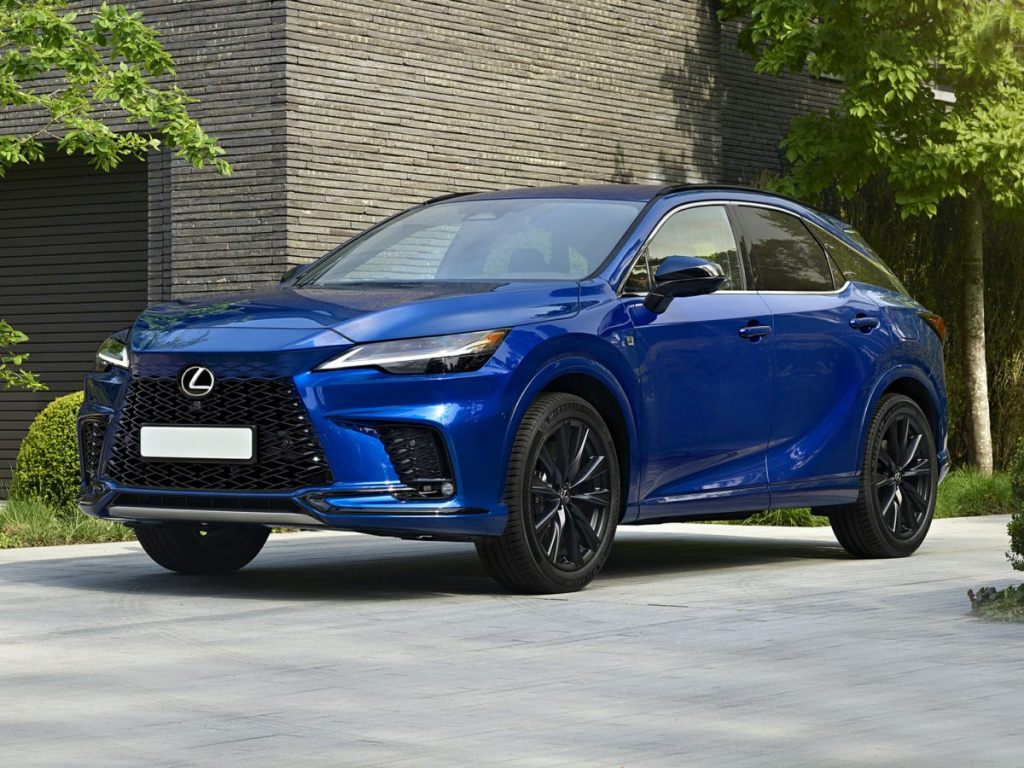We are at a pivot point in the auto industry, with both the electric and self-driving revolutions somewhat stalled, and Trump tariffs making it difficult for consumers to know what they should do. There’s a brief window when it’s still possible to get the $7,500 federal income tax credit when buying a made-in-U.S.A. EV, but it’s going away September 30. In the meantime, automakers are still churning out new EV models—I’m at a Subaru EV rollout as I write this
So, let’s delve into what’s new in my garage, electric or otherwise.
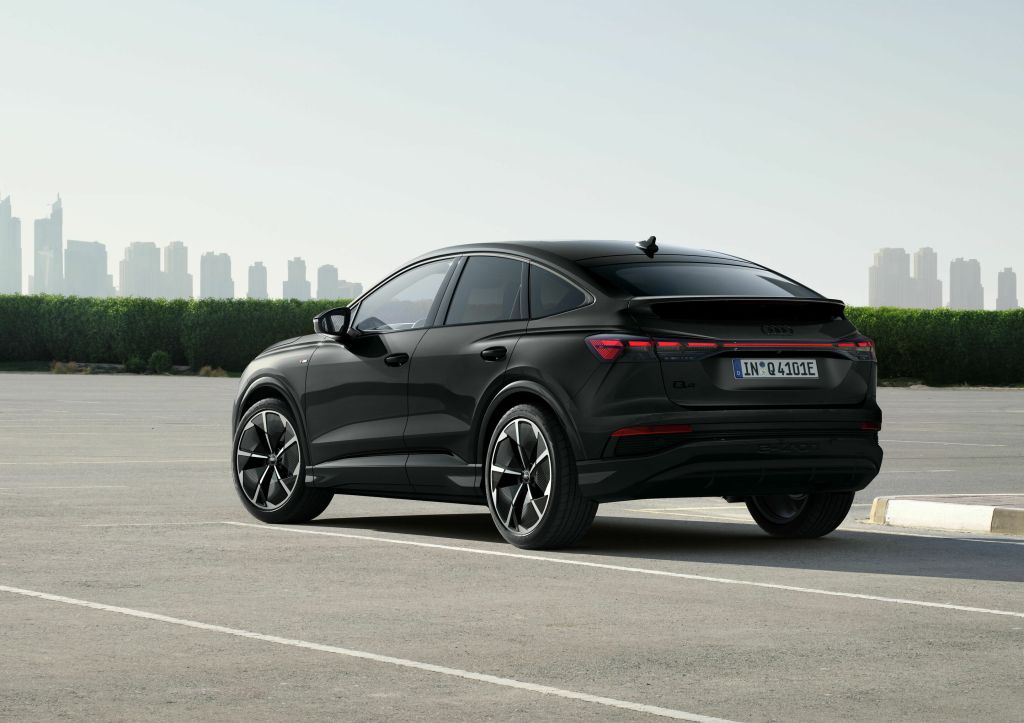
2025 Audi Q4 e-tron Prestige and 2025 Audi SQ6 e-tron Prestige. Audi’s electrics didn’t do well in the second quarter of 2025, and the Q4 e-tron was down 48.7 percent year over year, from 2,430 in 2024 to 1,247 in 2025. But it sure sold better than the A6 e-tron, with just 179 sold.
The Q4 in this guise is a compact electric SUV with 335 horsepower from its electric motor and up to 332 miles of range. The starting price in this Prestige edition of $63,095. It’s fairly pricey, and even the cheapest Q4 is over $51,000. I suspect it’s price that’s holding this model back, because it’s a quite decent small EV otherwise, with quality materials (leather and wood are standard) and a nice driving experience. There is 26 cubic feet behind the rear seats, and 54 feet with those seats down.
The SQ6 e-tron is built on the same platform as the Q6 e-tron (3,716 sold in the second quarter) but with a dual-motor set-up that offers as much as 510 horsepower. While the car was great fun to drive (with 3.8 seconds to 60), the added pep sacrifices range—up to 46 miles. The Prestige is $80,595. The range is 275 miles, not exceptional, but it is somewhat mitigated by fast 270-kilowatt charging.

2025 Lexus LX 700h Overtrail. Lexus is on a roll among the Japanese luxury brands, especially compared to Nissan’s Infiniti. But the LX 700h isn’t set up to float my boat. It’s a hybrid from the leader in that technology, but fuel economy in this big boat isn’t the goal. It has a combined EPA rating of only 20 mph, which is just marginally better than its non-hybrid counterpart. Hybrid tech belongs in light, aerodynamic cars—it’s kind of wasted in this luxurious 6,283-pound seven-passenger SUV.
It’s impossible to hate cars like this, because they’re so cosseting to drive. But they don’t pass a lot of gas stations. The car as tested was $118,010, which buys a powerful 457 horsepower from a 3.4-liter twin-turbo V-6 coupled to a 10-speed automatic. It can tow 8,000 pounds.
Every possible luxury feature was present, all of them standard, from leather-trimmed seating to heated steering wheel, a cool box and an auto door closer. It’s kind of the equivalent of an off-road 1959 Cadillac. Which does have its appeal.
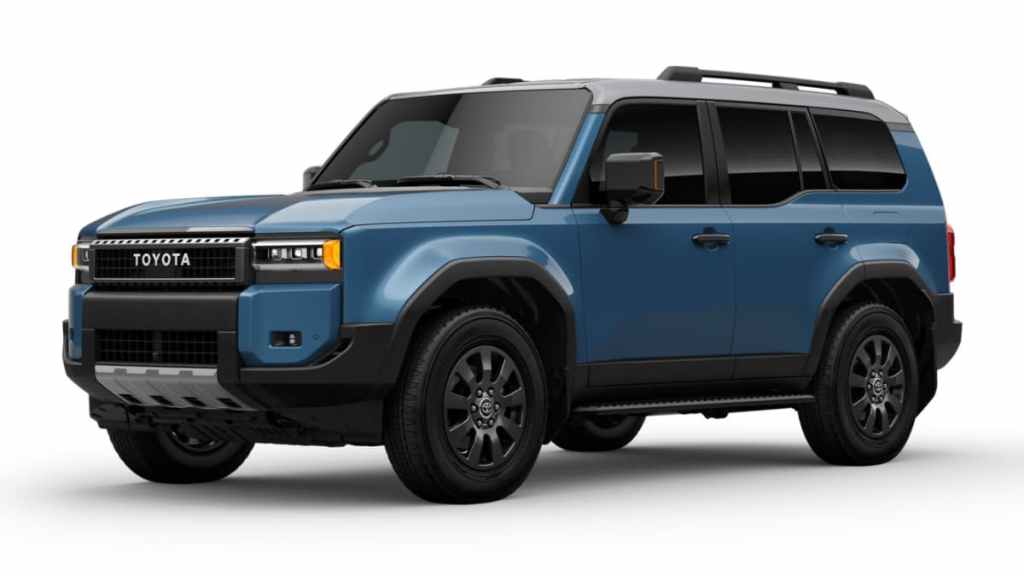
2025 Toyota Land Cruiser and 2025 Toyota 4Runner TRD Sport. More Toyotas. The company covers every possible American niche, even those that must be mystifying in the home market.
The Land Cruiser starts at $58,195, and Toyota is to be commended to making it a hybrid instead of a gas-guzzling V-8. The turbo 2.4-liter four gets two electric motors, which combine to make an impressive 326 horsepower. The setup is shared with the popular Tacoma truck. The two motors yield all-wheel drive, and the car has an eight-speed automatic.
Again, this is a hybrid that’s far from a fuel champ, making 23 mpg combined. If you like rugged 4WD vehicles then the Land Cruiser has always been a sensible choice, and it bristles with trail gear. But if you really don’t go off-road much you shuld consider something more oriented to pavement.
The Tacoma is also parent to the sixth-generation 2025 4Runner TRD Sport I tested in Wind Chill Pearl. It has a similar 2.4-liter turbo engine, but makes 278 horsepower with 317 pound-feet of torque. An eight-speed automatic is attached. With this combination, fuel economy is even worse than the Land Cruiser, at 21 mpg combined.
As tested, the 4Runner TRD Sport was $49,725 (barely up from its $49,250 MSRP). The only option was premium paint. The 4Runner has been generally reliable.

2025 Volkswagen Atlas SEL Premium R-Line. The Atlas as tested (and built in Mexico) was $55,325. This is the highest trim, and it comes with all-wheel drive. The powertrain in all versions is a 269-horsepower in-line four with an eight-speed automatic. The 7.3-second zero to 60 time is not impressive. The three-row Atlas offers very good cargo space, though, and it feels well-built. But despite the four-cylinder engine, fuel economy is nothing to write home about, coming in at 20 mpg I the city and 27 on the highway, and with the AWD that everyone seems to want it drops to 19 city and 24 highway. At this price, any number of other automakers’ models are competitive.

2025 Hyundai Tucson Limited AWD. The Tucson is Hyundai’s bestseller, and it’s offered with a 2.5-liter direct-injected four-cylinder engine with 187 horsepower and 178 pound-feet of torque, coupled to an eight-speed automatic.
Go hybrid and the 1.6-liter turbo gas engine produces 178 horsepower and 195 pound-feet, but the hybrid system takes it up to 231 total horsepower. The hybrid has a 47.7-kilowatt electric motor and a 1.49-kilowatt-hour battery, with a six-speed transmission. And then there’s a plug-in hybrid variant, with a more powerful 72-kilowatt motor, 268 horsepower and 258 pound-feet. The hybrid battery is 13.8 kilowatt-hours.
All this choice is very welcome, and it’s what smart automakers do, along with frequent upgrades. The current generation of Tucson was introduced in 2024. Prices start at $28,075.
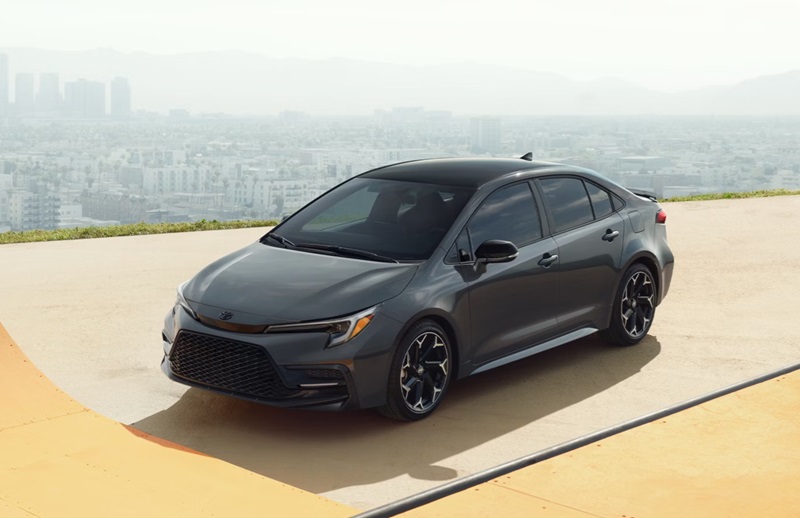
2025 Toyota Corolla FX. This is the gold standard of Toyotas for me, as my first job was preparing Corollas for sale at a Toyota dealer. The outlet’s big brand was Dodge, but today it’s an all-Toyota enterprise. That’s progress! As tested, it was $29,289, a very reasonable price for an automobile in 2025. It’s a hot hatch, with 169 horsepower and stellar 31.39 mpg fuel economy. The two-liter four offered plenty of passing power. I was actually quite taken with the latest incarnation of the Corolla, and would gladly have kept this one over in the Motavalli garage.


